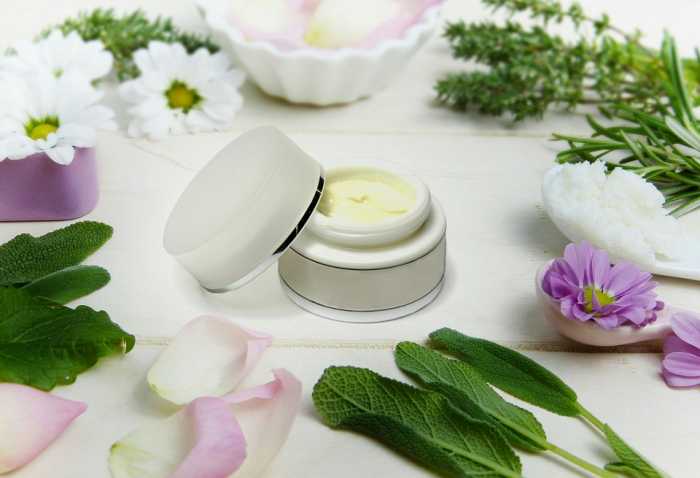Hydrogenated polyisobutene is commonly found in beauty and cosmetic products. Brands like Sophim are selling these products newly known as must-haves in our bathrooms. If you’ve ever wondered what it is and what it does, keep reading. In this blog post, we will explain everything you need to know about it!

What is hydrogenated polyisobutene?
Hydrogenated polyisobutene, a multifunctional oil base, is synthetic and often used in cosmetic products. Different manufacturers may use their chosen trade name to list this ingredient in finished products. For example, sometimes you may see this ingredient labelled as MC30 or MC300.
Other characteristics of hydrogenated polyisobutene include:
- Hydrogenated polyisobutene can come in two forms: liquid and viscous (slightly thicker than a liquid).
- The viscous form has great waterproof qualities, whereas liquid hydrogenated polyisobutene is quickly absorbed into the skin.
- It has a very pale colour, almost colourless.
- This ingredient is also tasteless.
- It can be mixed with mineral and vegetable oils.
How and where is hydrogenated polyisobutene used?
Due to the characteristics described in the previous section, this ingredient is often chosen to formulate beauty and cosmetic products.
Hydrogenated polyisobutene first began to be used in Europe and Japan. Later on, it became popular in the United States.
This synthetic oil is frequently used as an alternative to mineral oils, squalene, or silicone-based ingredients. Because it can be easily mixed with other oils, it’s also used to add thickness to products and therefore to create a more luxurious feel.

Some of the most common cosmetic products containing hydrogenated polyisobutene are:
- Lip gloss and lip balm.
- Foundations and BB creams.
- Moisturising cream.
- Sunscreen.
- Exfoliants.
- In personal care products, such as shampoo, hair spray, and saving cream.
Why is hydrogenated polyisobutene so popular?
This ingredient offers several benefits that are appealing to manufacturers in the cosmetic industry. For example, it doesn’t irritate the skin and is non-comedogenic, which means it doesn’t clog the pores. This makes this ingredient suitable for acne-prone skin. This is a vegan and gluten-free ingredient, which makes it popular in green and sustainable cosmetics.
In make-up products, it prevents pigments from clumping, and it’s non-greasy despite being an oil, so it makes products easier to use. It also gives good results as a shine enhancer, which is why it’s so common in lip gloss.
Moreover, hydrogenated polyisobutene extends the shelf life of products and keeps them looking fresh for longer.
Is hydrogenated polyisobutene a safe ingredient?

Not every ingredient used in the beauty and cosmetic industry is tested to ensure its safety. Fortunately, consumers are becoming more aware of the importance of choosing products created with safe ingredients. Since hydrogenated polyisobutene is so widely used, it’s important to know what is its overall safety rating.
This ingredient has been subject to safety assessments since the 1980s. In 2008, an expert panel examined the health effect of this ingredient in cosmetic products, testing its impact at different concentrations. The study concluded that hydrogenated polyisobutene does not present any health risks. In the United States, this synthetic oil has FDA approval.
Despite its good safety rating, some people may be allergic to this ingredient. This is why it’s always recommended that you test new products on a small area and contact your doctor if you develop any allergic reactions.
Conclusion
Hydrogenated polyisobutene is a versatile, safe and non-toxic ingredient that can’t be missing from beauty essentials like lip balms, moisturisers, and exfoliants. We hope this information is useful and helps you choose beauty and cosmetic products from now on.










